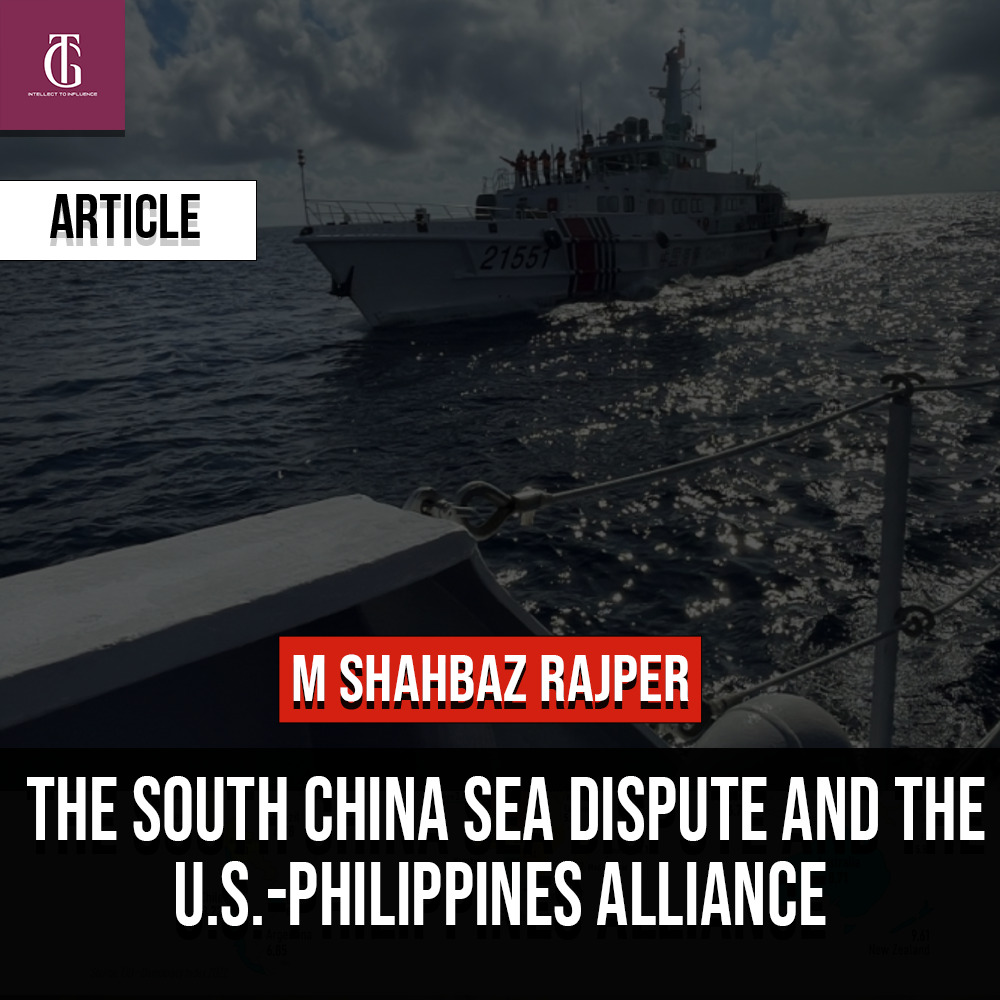The recent Chinese-Philippine tension in the South China Sea, highlighted by collisions between Chinese and Philippine vessels near Second Thomas Shoal, has become an intensely contentious regional dispute that serves as a litmus test of U.S. commitments in Asia. Not only is this conflict regional in scope; but its stakes also touch upon historical conflicts, regional security dynamics, as well as major powers like America playing key roles within international politics.
Historical Context for South China Sea Disputes
This resource-rich maritime region, comprising China, Philippines, Vietnam, Malaysia Brunei, and Taiwan among others, has long been subject to complex territorial wrangles over sovereignty over various islands as well as maritime rights in this part of Southeast Asia, with serious ramifications for international trade, fishing rights, and potential oil and gas reserves as well as the symbolic nationalistic value attached to various territories that further complicate matters.
Post-World War II Developments
After World War II, the South China Sea experienced relative peace until the mid-20th century. China first asserted itself in 1946 by seizing control over areas within the Spratly Islands and Woody Island from the Paracel Islands chain; these actions marked active territorial claims and counterclaims within this region.
Treaty Provisions of the U.S.-Philippine Mutual Defense Treaty
Signed in 1951, this treaty forms the cornerstone of bilateral relations between these two nations and requires each party to act in their defense in case an attack on the Pacific region occurs; it contains some ambiguities as regards the definition of an “armed attack”, especially regarding its applicability to disputed areas such as the South China Sea.
Mike Pompeo Clarifications: In 2019, U.S. Secretary of State Mike Pompeo made clear that his country views the South China Sea as part of the Pacific area covered by the treaty; his statement implied a U.S. commitment to defend Philippine forces operating there under treaty provisions.
Recent Developments and United States Involvement
Collisions at Second Thomas Shoal: Recent reports regarding an incident between Chinese and Philippine vessels near Second Thomas Shoal have dramatically escalated tensions in the area. Chinese Coast Guard vessels attempted to block Philippine naval personnel stationed aboard a World War II-era ship from replenishing supplies; leading to dangerous encounters.
U.S. Response and Diplomatic Stance: After these incidents, the U.S. renewed its pledge of defense for the Philippines under the Mutual Defense Treaty and upheld international law against what it considers aggressive Chinese actions in the South China Sea. This indicates a firm U.S. position of regional security protection as well as upholding regional peace.
Analysis
China and the Philippines’ ongoing dispute in the South China Sea, made more intense by recent vessel collisions near Second Thomas Shoal, provides an intriguing window through which to view international relations dynamics in this part of Southeast Asia. From an International Relations theory standpoint, this situation can be assessed through various lenses:
Realism with its emphasis on power politics and national interest can be seen clearly in China’s aggressive efforts to expand its influence and control in the South China Sea. China’s regional dominance and strategic maneuvers for controlling key maritime routes and resources reflect traditional Realist motivations of power and security.
The United States’ response, emphasizing defense for the Philippines under the Mutual Defense Treaty, aligns with liberal principles of international cooperation and treaty obligations. Furthermore, their position highlights how important international agreements and collective security measures can be for maintaining regional stability.
National identities and historical narratives play an integral part in South China Sea disputes. Territorial claims transcend material interests, providing evidence for Constructivist theories regarding how identity, norms, and narratives shape state behavior.
The South China Sea disputes reflect an evolving power dynamic: as China establishes itself as a major power, its activities in the South China Sea threaten the existing U.S.-dominated order resulting in potential conflicts and realignments within the region.
Conclusion
The ongoing South China Sea dispute, particularly recent events between the Philippines and China, poses an existential threat to regional stability and international norms. In this scenario, the U.S.’s defense commitments to the Philippines play an integral part; further testing their strength and reliability but highlighting historical territorial disputes as well as geopolitical dynamics within Asia.

Muhammad Shahbaz Rajper
The author is an undergraduate student of International Relations at National Defence University, Islamabad. He is also a freelance columnist. He tweets @Msrajper786






